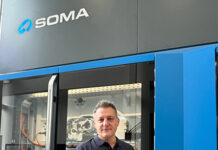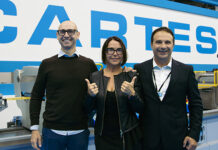HP was an American multinational information technology company headquartered in Palo Alto, California. Now the company develops and provides hardware and software and related services to consumers, small, medium and large enterprises, including customers in every sector of graphic communication, packaging and education with only one word in mind: digital
HP was founded in a garage in Palo Alto by Bill Hewlett and David Packard in 1939, and initially produced a line of electronic test and measurement equipment. Bill and Dave created more than a low-distortion frequency oscillator for Walt Disney’s production of the animated film Fantasia, because they built a way of doing business—the HP Way. And now graphic industry can trust HP for every application need, from label to packaging, from publishing to commercial printing with huge possibilities to create exclusive printed materials with exceptionally high printing quality.
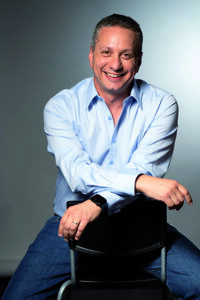
To understand better the values and the evolution of HP in the last years we spoke with Noam Zilbershtain, VP & General Manager of HP Indigo & Scitex.
HP’s vision today and 5 years ago: what has changed?
“Essentially, our vision hasn’t changed much. HP Indigo remains dedicated to leading the transition from analog to digital. Initially, our primary focus was on delivering high-quality print and versatility in the digital printing industry. Once we achieved that milestone, we shifted our focus to prioritize productivity and automation. In 2020, we made a significant step forward by introducing series 5 & 6, along with the groundbreaking LEPX technology. Furthermore, we are expanding our efforts to bring new level of digitalization and defining the print industry standard for automation. Our journey into automation began in 2016 with the introduction of PrintOS. Today, with thousands of daily users, we have a deep understanding of our customers’ needs for end-to-end solutions, and that remains our primary focus, which you’ll see showcased at drupa.”
How HP intends to drive digital transformation, why a label or flexible packaging converter should focus on digital today and why HP’s digital
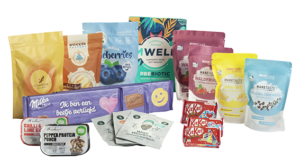
“Print runs are getting shorter, and the pressure on the production floor is mounting. Agility, rapid time to market, local printing, supply chain challenges, and sustainability regulations – these are all trends driving change. In today’s world, even growing industries like Labels and Packaging can’t afford to ignore these needs. Those striving to stay ahead of the curve and lead their market must recognize this shift. It’s no longer just about short runs and flashy campaigns. At HP Indigo, our technology is ever evolving. With our new presses focusing on productivity, total cost of ownership (TCO), and automation, all while maintaining the renowned Indigo quality and versatility, the answer to why Indigo becomes quite simple.”
With its solutions, HP always wants to amaze but what is its strategy not only to amaze but to convince to purchase solutions that from a “cost point” of view are not for everyone
“An Indigo press, such as the HP Indigo 6K press in our entry-level range, may be more expensive than a simple toner or inkjet press from some competitors, but it offers significantly more functionality and durability. Ultimately, we observe that Indigo’s customers are experiencing much faster growth compared to their respective markets. We aim to provide the best value for money rather than covering all price points. For those seeking an HP Indigo, our Certified Pre-Owned (CPO) presses also present a compelling opportunity. Furthermore, with the HP Indigo V12, we are confident that we offer the best Total Cost of Ownership (TCO) for the majority of job baskets, particularly for converters with high-volume needs.”
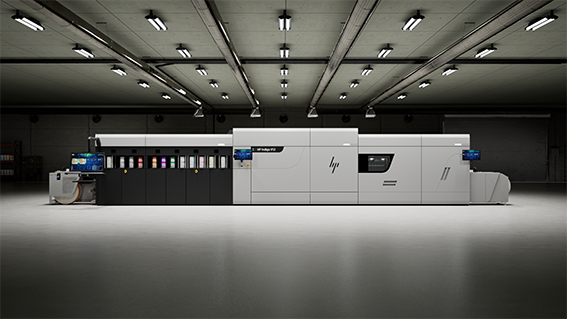
And Italy: what is the situation in our country regarding HP installed based and prospects for the future
“As regards labels and Packaging, Italy boasts the third-largest installed base of Indigo presses in Europe, following France and Germany, and ranks fifth globally. Our dedicated local team collaborates closely with converters every day to ensure their success and to further expand our presence across the country.”
HP is an iconic brand, but given the tense economical climate, don’t you see the risk that converters will prefer to keep their existing analogue equipment and to invest in lower cost equipment waiting on better days?
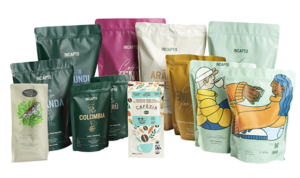 “Exactly because of this challenging environment, converters need a hybrid production floor, that is where near every offset press there is a digital press, more than ever. Relying solely on analog equipment won’t provide the productivity and capabilities required to thrive. It’s been proven that companies that invest wisely during such times are the ones that move swiftly and sustain growth. Conversations with converters reveal that replacing aging analog equipment is becoming increasingly urgent due to efficiency needs and challenges in finding skilled workers to operate those presses. For instance, the introduction of the HP Indigo V12 offers a significant advantage – with just one press, they can achieve the same output as two (or even three or four) flexo presses, all operated by a single operator.”
“Exactly because of this challenging environment, converters need a hybrid production floor, that is where near every offset press there is a digital press, more than ever. Relying solely on analog equipment won’t provide the productivity and capabilities required to thrive. It’s been proven that companies that invest wisely during such times are the ones that move swiftly and sustain growth. Conversations with converters reveal that replacing aging analog equipment is becoming increasingly urgent due to efficiency needs and challenges in finding skilled workers to operate those presses. For instance, the introduction of the HP Indigo V12 offers a significant advantage – with just one press, they can achieve the same output as two (or even three or four) flexo presses, all operated by a single operator.”
Today the word sustainability is used a lot: how does HP prove to be truly sustainable
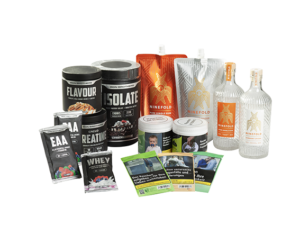
“HP proves its commitment to sustainability through various initiatives: recyclable prints, energy consumption optimization, print modes that reduce ink usage, implementing circular economy practices for ink cans, and substrate savings through quality control automation. Sustainability is not just a slogan for us. Media waste is responsible for 60% of the carbon footprint in printing. The versatility of HP Indigo and our ability to enable customers to print on recyclable and compostable materials bring about significant change.”
If you had to give converters one single advice on their way to drupa – what do they need to check?
“We typically prefer to listen and learn from our converters about their needs, but if I had to offer advice, I’d suggest paying attention to the significant disruption happening in various segments. Digital technology is becoming increasingly prominent, and converters should ensure they keep up with this disruptive trend to stay competitive”.







